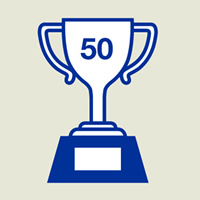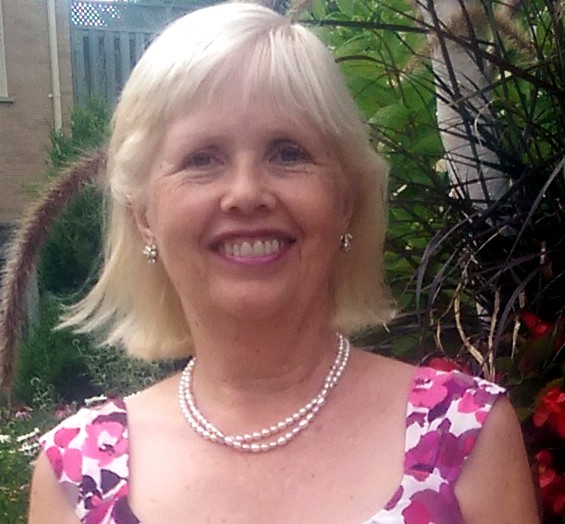What do the inventor of the CT scan and one of the scientists who identified the structure of DNA have in common? Both are proud recipients of a Canada Gairdner International Award.
This year is the 50th anniversary of the Gairdner Foundation, which recognizes the world’s best medical researchers. To celebrate, the foundation and the University of Toronto are hosting a symposium from October 28 to 30. They’ve invited Gairdner Award winners from around the globe – including 22 who are also Nobel Prize winners – to the St. George campus for a lecture series on cutting-edge science. The events are open to the public.
“James Gairdner’s decision to create awards that recognize outstanding discoveries by the world’s top scientists continues to be an act of extraordinary vision,” said U of T president David Naylor at a spring reception for the Gairdner Foundation Board.
Gairdner, who was a Toronto stockbroker, started the awards program hoping that recognizing scientific accomplishments would advance research and, ultimately, reduce human suffering. Gairdner, who had arthritis, knew all too well about suffering.
“Winning the 2008 Gairdner Wightman Award was the highest recognition from my peers,” says Alan Bernstein, a former U of T professor of molecular and medical genetics who received the award for his contributions to health research.
U of T has chalked up a disproportionate share of Gairdner winners. “I once counted them, and there were slightly more than 20,” says Dr. John Dirks, president and scientific director of the Gairdner Foundation. U of T Professor Emeritus Endel Tulving of psychology won a Gairdner for his pioneering research in human memory. Professor Emeritus Robert Salter of surgery won for his innovative orthopaedic treatments.
The selection process is rigorous. A medical review panel makes recommendations to a medical advisory board that’s composed of scientists from around the world. After an in-depth study of each nominee, the board members select the winners by secret ballot.
The process has a knack for recognizing the early work of the scientists about to change the world. “The number of Gairdner Award winners who have gone on to win a Nobel Prize is testament to the excellence of our selection process,” says Dirks, who is also a senior fellow of Massey College. Of the 298 Gairdner winners, 73 later became Nobel laureates.
Members of the public are invited to rub elbows with the Nobel Prize winners at the 50th anniversary symposium. Nobel laureate Dr. Michael Brown – who helped revolutionize cardiac care by discovering the role of cholesterol, which led to the development of statins to help treat high cholesterol – will speak on a panel titled “Food and Fuel for Thought.” And Nobel Prize winner Dr. Harald zur Hausen of Germany, who discovered that the human papilloma virus can cause cervical cancer, presents his latest cancer findings. The symposium culminates with a panel discussion on genetic testing at Convocation Hall on the evening of Friday, October 30. The panel includes Charles Sabine, an NBC news correspondent who tested positive for the Huntington’s disease gene.
All symposium events are free, but registration is required for the Friday events; to register, visit events.cmetoronto.ca/website/index/int0930. For more information, visit gairdner.org.






